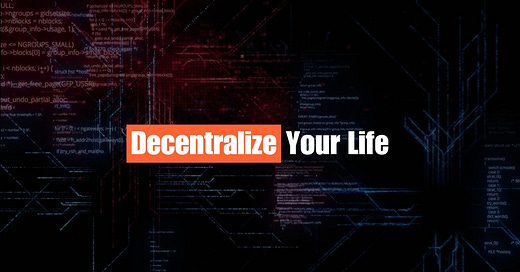Ever wonder why walking into a Starbucks, Apple Store, or Disney park feels like stepping into another world?
It’s not magic—it’s science.
They’re using sensory branding, a marketing weapon so powerful it can make you crave, linger, and spend.
Here’s how it works.👇
Imagine this:
You step onto a bus in South Korea. Suddenly, you smell fresh coffee. A jingle plays.
That’s Dunkin’ Donuts using smell and sound to make you crave coffee. Sales shot up.
This is sensory branding in action. It’s subtle, emotional, and unstoppable.
Sensory branding engages your senses—sight, smell, sound, touch, taste—to create emotional connections with brands.
It’s why McDonald’s smells the same worldwide.
Why Tiffany’s blue box screams luxury.
Why Porsche engines have their own unique sound.
Let’s break it down.
Starbucks
The smell of freshly brewed coffee isn’t just a happy accident. It’s intentional.
That comforting aroma is engineered to evoke warmth and relaxation, encouraging you to linger—and order that extra croissant.
McDonald’s
Bright red and yellow? They trigger hunger and excitement.
The smell of fries? Instantly recognizable, even blocks away.
Every detail creates a craving—whether you’re hungry or not. 🍔
Apple
Ever notice how good it feels to swipe on an iPhone at the Apple Store?
The sleek, minimalist design invites touch. It screams simplicity and innovation.
And guess what? That tactile experience makes you more likely to buy.
Now let’s talk about Tiffany & Co.
The iconic blue box. That soft, luxurious ribbon.
Unboxing a Tiffany piece isn’t just a purchase—it’s a ceremony.
That’s sensory branding. You’re not just buying jewelry; you’re buying emotion.
Want proof this works?
Dunkin’ Donuts (South Korea)
They installed aroma diffusers on buses. Scent of coffee + their jingle = a 16% spike in store visits.
Smell + sound = cravings activated.
Porsche
Even their electric cars roar.
They custom-engineer engine sounds to give drivers the thrill of performance—even in silence.
It’s not just about driving; it’s about feeling.
But sensory branding isn’t all glamorous.
It’s sneaky. It taps into our subconscious.
Think about Disney. They use patented “Smellitzers” to diffuse scents—popcorn, cookies—around their parks.
You’re not just walking. You’re hungry, even if you didn’t plan to be. 🍿
Why is sensory branding so powerful?
Because it connects emotions to products:
Scent = nostalgia
Sound = comfort
Touch = trust
Sight = recognition
These connections live in your brain long after you’ve left the store.
And it’s not just big brands.
Even smaller businesses can use sensory branding:
A bakery piping fresh bread smells into the air.
A boutique with soft lighting and curated music.
A packaging box that feels premium to the touch.
Small details, big impact.
But here’s the kicker:
Sensory branding doesn’t just sell products. It sells experiences.
When you drink Starbucks, it’s not just coffee. It’s a ritual.
When you drive a Porsche, it’s not just a car. It’s an identity.
Some takeaways:
1️⃣ Smell sells. Add a signature scent to your store or product.
2️⃣ Sound matters. Use music or auditory cues tied to your brand.
3️⃣ Visuals rule. Consistent colors, logos, and designs build trust.
4️⃣ Touch feels real. Invest in materials that customers feel.
The irony?
We think we’re making “rational” decisions when we shop. But brands have already hijacked our senses.
Next time you smell coffee or hear a jingle, ask yourself: Who’s pulling the strings?
Sensory branding isn’t just about selling more. It’s about creating emotional connections that last a lifetime.
If you’re a creator, entrepreneur, or marketer, the question is:
How can YOU engage the senses to stand out?
Love what you read? Subscribe and never miss an update!




